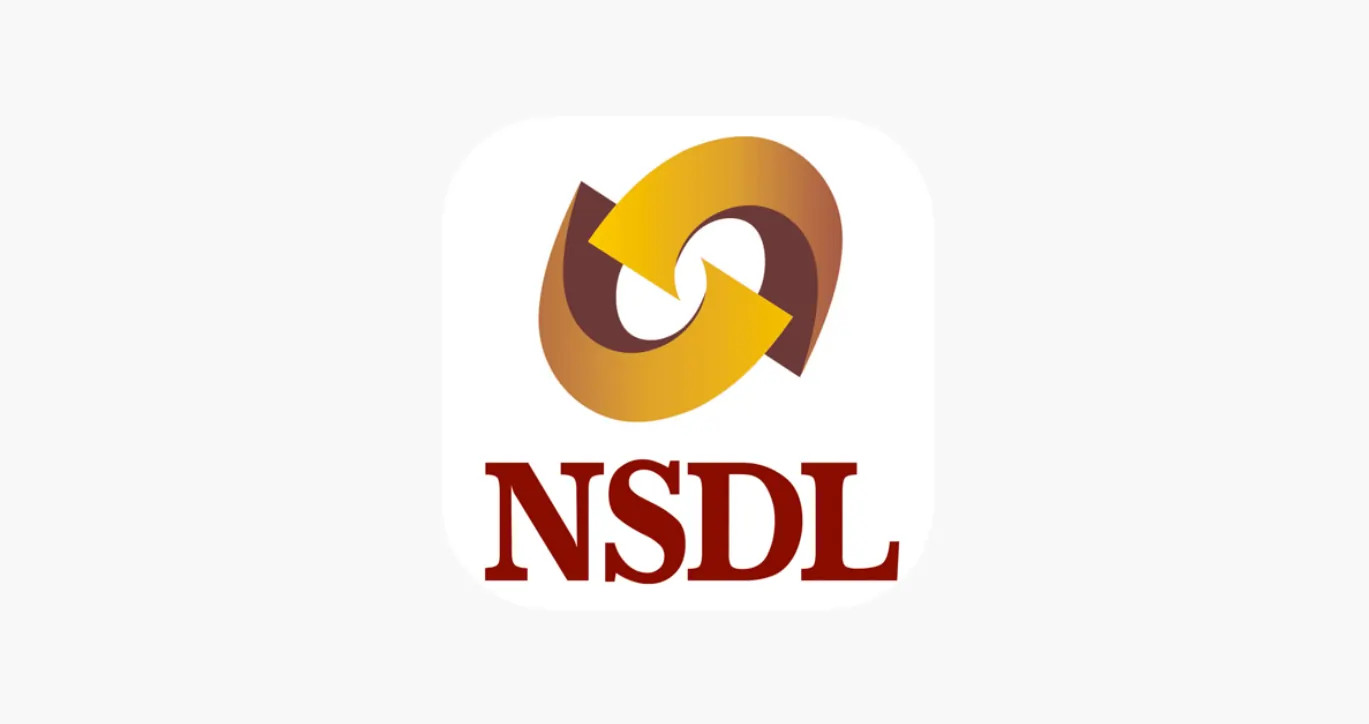Here are the top 5 mutual fund categories for long-term investments
When it comes to investing for long-term wealth creation, mutual funds stand out as one of the better options. The assets under management (AUM) of mutual funds have reached an unprecedented 48 trillion corpus, underscoring the widespread confidence in this investment avenue. With over 20 categories of mutual funds and numerous subcategories, selecting the most suitable option can be challenging. In this article, we will explore the top five categories of mutual funds for long-term growth.
Large and mid-cap equity mutual funds: This category of mutual funds provides sustainable growth with moderate risk. It invests in large-cap companies, well-established and ranked from 1-100th among the top listed companies. Additionally, it includes mid-sized companies with rankings from 101-250th among listed companies, offering expansion potential. According to Sebi regulations, a minimum of 35% each should be invested in large-cap and mid-cap for this category. With an investment horizon of 5+ years and moderate risk-taking ability, these funds are suitable for investors with long-term goals like home buying or children’s education. Over the past five years, the benchmark for this category has generated around an 18% return, while the top-performing funds have yielded returns between 19% and 20%.
Mid-cap mutual funds: Investing in this category involves relatively higher risk, as it focuses on stocks of mid-sized companies ranked from 101 to 250th among listed companies. The investment horizon is more than 7 years with a high-risk tolerance. The growth of these companies may be significantly impacted during economic downturns, requiring investors to be patient and stay invested for the long term. Over the past five years, the benchmark for this category has generated around a 22% return, with the top-performing funds delivering returns between 22% and 24%.
Flexi-cap mutual funds: Flexi-cap funds are required to invest across all market caps – large-cap, mid-cap, and small-cap stocks, making them a dynamic equity scheme. The fund can invest in any listed company, irrespective of its market cap, with the investment structure predefined in the key information document. This flexibility allows the fund manager to make portfolio changes according to market dynamics, mitigating risk and reducing volatility. It is suitable for moderately risk-averse investors with an investment horizon of more than seven years. Over the past five years, the benchmark for this category has generated around a 16% return, while the top-performing funds have provided returns in the range of 20% to 25%.
Balanced advantage funds: Belonging to the dynamic asset allocation category, these mutual funds invest in both stocks and debt instruments. The allocation between these two asset classes changes based on market conditions, aiming to provide optimal returns with minimum risk. This category offers a blend of equity for growth and debt for stability, allowing the fund manager to adjust the investment levels in both asset classes according to different market cycles. Suitable for investors with a moderate risk tolerance and an investment horizon of more than five years, the benchmark for this category has generated around a 16% return over the past five years, with the top-performing fund achieving approximately a 17% return.
Equity-linked saving schemes (ELSS): These funds invest in stocks across all market caps, similar to flexi -ap funds, but with the added benefit of certifying the investment under section 80C for tax saving. Investors in ELSS enjoy dual benefits of tax savings and growth. ELSS has the least lock-in period of three years, making it a preferred choice for tax-saving investments compared to other options with lock-ins exceeding five years. Over the past five years, the benchmark for this category has generated around a 16% return, while the top-performing funds have delivered returns in the range of 17% to 23%.
Conclusion: The dynamic landscape of these five categories, ranging from the blend of large- and mid-cap, and mid-cap funds to the flexibility of flexi cap funds, the strategic adaptability of balanced advantage funds, and the tax efficiency of ELSS funds, presents diverse opportunities for an investor. Building a mutual fund portfolio with the potential for market-beating returns and an effective risk-adjusted ratio becomes achievable with these options. Each category comes with its distinct risk-return profile, offering a spectrum of choices to align with varying investment objectives. Seeking counsel from a qualified financial advisor remains pivotal in making well-informed investment decisions in line with one’s risk-taking ability, investment horizon, and financial goals.




